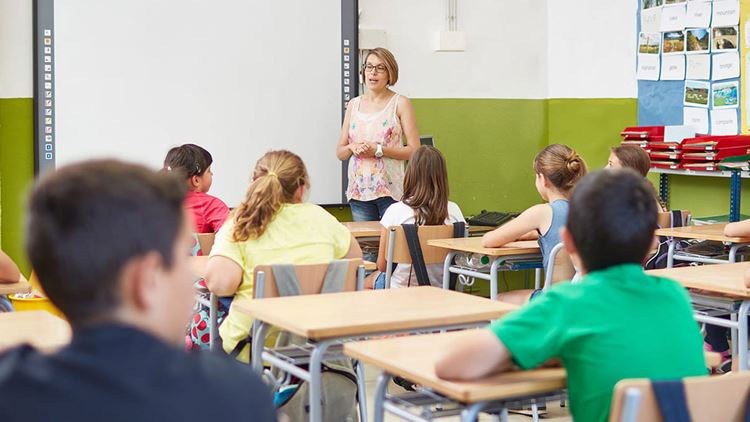
Education and Hearing Loss: How High-Frequency Hearing Loss Can Directly Impact Academic Performance
High-frequency hearing loss can have a severe impact on a child’s ability to learn. Here’s what you need to know.
Created Updated
For adults, coping with the symptoms of high-frequency hearing loss can be challenging enough. But for children – especially older children where the ability to listen is a must – this condition can be even more prohibitive. For people that have experienced this condition, the debilitating nature of high-frequency hearing loss is evident. But for others, a lack of understanding can lead to less support, less accessibility, and less understanding as a whole.
Recent studies of children with symptoms of high-frequency hearing loss have shown that this specific form of hearing loss has more impact than any other. Specifically, when it comes to filtering out background noise. Part of the definition of this condition is struggling to hear when there is a lot of background noise present, as well as having difficulty with specific words with consonants. In addition to those constant issues, children with high-frequency hearing loss may also be more tired than most by the end of the day.
Despite these specific symptoms, high-frequency hearing loss can be more challenging to diagnose than other, more acute forms. That’s why it’s incredibly important to pay attention to children that are unable to concentrate and to support them.
How high-frequency hearing loss affects daily education
While students with more profound hearing loss will often receive the resources they need to succeed in education, children with high-frequency hearing loss often don’t receive that same level of support. Because it takes longer to recognize and diagnose this condition, it can go unchecked for far longer. High-frequency hearing loss primarily affects students because of the inability to filter out or adequately process background noise. This means that in all these circumstances, students may struggle to pay attention or follow a teacher or peer conversion.
Just some of the examples of how this kind of hearing loss can impact education include:
Difficulty paying attention during social time
Children with this form of hearing loss often struggle to differentiate and hear their peers in noisy settings. This includes lunch and recess times. Because the student is unable to understand the conversations around them effectively, it’s easy for them to appear distracted or inattentive. As busy social situations are every day for children both in and outside school, this can lead to challenges with friendship groups. It may even mean that they are unable to properly hear their name being called or a teacher trying to attract their attention in gym and similar group activities.
Struggling to understand the teacher
Very few classes are entirely silent. As such, even a small amount of background noise can make it challenging for children with high-frequency hearing loss to distinguish what their teacher is saying. This is especially true when it comes to consonant sounds. For students that are attempting to learn a second language, for example, this can be especially challenging. Leading to issues with pronunciation and articulation as a result of that added layer of difficulty.
Excessive tiredness following a full day of listening
Because children with high-frequency hearing loss must put more focus and concentration into listening, this can lead to problems down the line. For younger children, this can mean tiredness at the end of the day, but as the pressure and number of classes ramp up, the results can be even more significant for older students. Fatigue and similar results of over-concentration can lead to other health problems down the line – and even mental stress. This can result in anxiety and depression in extreme cases.
Why an effective support system is a must for students with hearing loss
For young people with hearing loss, it can be challenging to keep up with the class. This is especially true for those with high-frequency hearing loss. Leading to worse grades, problems at school, and increased stress. But with the proper measures in place, it’s possible to offer a positive and functional environment for students with hearing loss. By going that extra mile, it’s possible to provide a safe and productive place to learn for all students. To improve school performance, and help students live up to their potential, support is a must.
What can be done to support young people with hearing loss in school?
Helping students manage their high-frequency hearing loss is easier than you might think. Before anything else, simply moving the student closer to the front of the class can make a big difference. Similarly, removing students from noisier areas in the classroom can also help. Easy modifications, such as introducing chair caps or even adding noise absorption panels, can help to provide a positive learning experience.
Beyond what can be done in the classroom itself, you may recommend using a hearing aid for students that are still struggling. Hearing aids can provide a practical and flexible way to allow students to learn on their terms. No need for modifications, specialized classrooms, or extra accommodations. It’s all about what’s right for the student – but with so many solutions out there, there’s something to suit everyone.
Sign up to our newsletter for regular updates and information about hearing loss and our latest products, many of which are also suitable for teenagers and older children with high-frequency hearing loss.